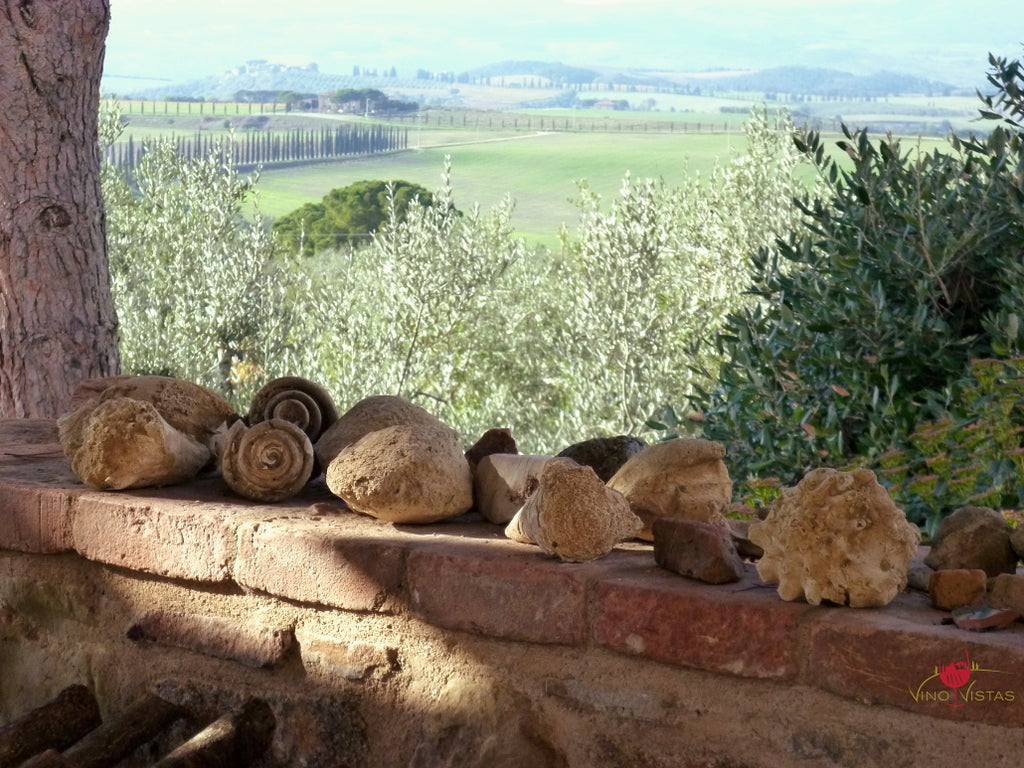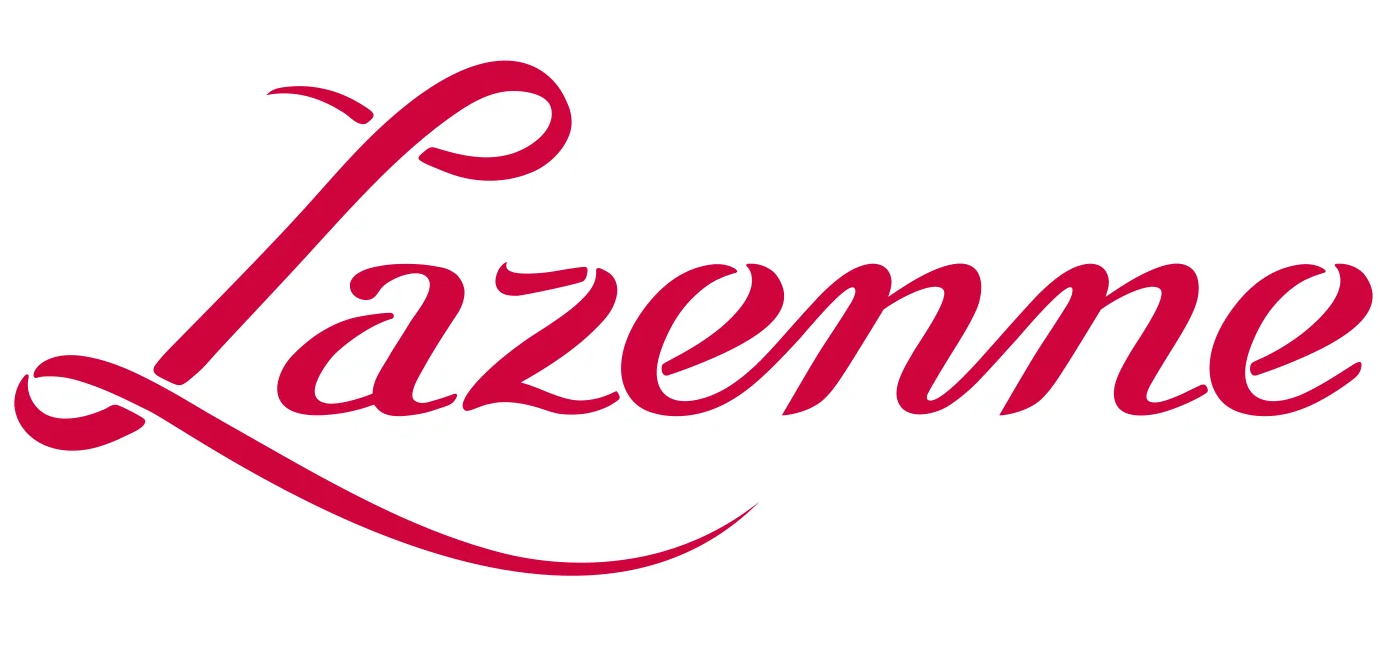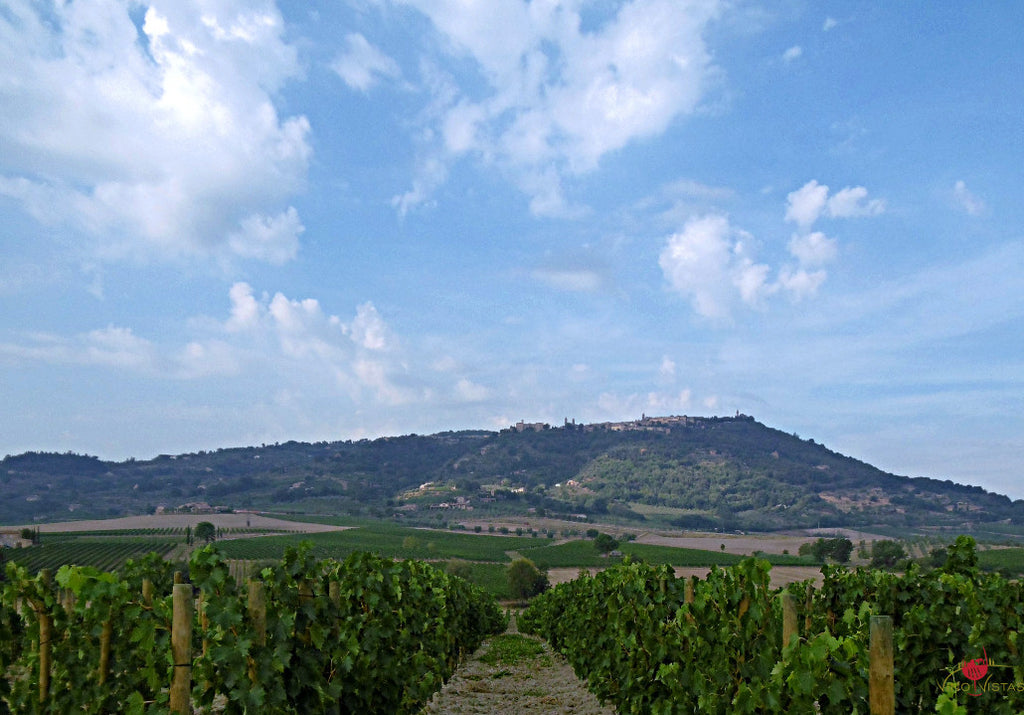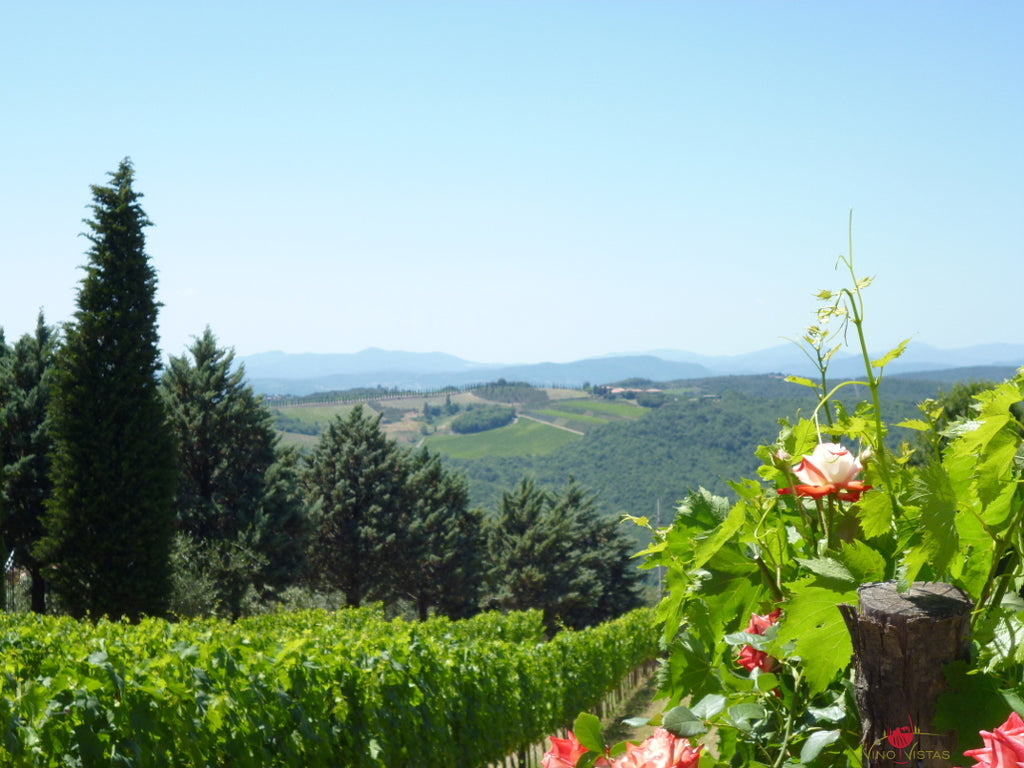Brunello and Montalcino : A Paradise – Not Only For Wine Lovers
 Looking east over Pianello quarter
Looking east over Pianello quarter
As a wine-lover you are sure to have heard of Montalcino and its famous wine Brunello. No? Well then, come and join us for a little virtual tour. And even if you do know this small enchanting winegrowing area and its medieval hilltop town, tag along.
You might think Montalcino has this long tradition of producing famous wines, just like our neighbouring wine regions Chianti or Montepulciano, but that is not really the case. At least not when it comes to Brunello, which was created in the late 19th century.
But first things first. Imagine yourself approaching Montalcino, from any direction really. Delightful vistas of gently rolling hills will cast their charm. Vast fields of grain waving in the breeze alternating with vineyards of all sizes giving way to olive groves and forests of the evergreen holm oak (Quercus Ilex). The small town of Montalcino, which means hill of the holm oaks, resides above all that beauty, practically in the centre of the wine region that measures 24.000 hectares of which only 3.500 are under vines. Yes, only 3.500 hectares (8,650 acres) are planted with vines out of which only 2.100 hectares (5,200 acres) are designated to produce Brunello di Montalcino. In some wine regions a single winery might have more land than that.
View from Siro Pacenti vineyard to Montalcino
And this is where it gets intricate and mind boggling. If more than 220 wineries share this little land can they really produce that many different Brunellos? And if so, how? Well, on your way here you have recognized the varying landscapes. Pockets of vineyards tucked away in between fields or woods. Even our big vineyards are small compared to the size of things in regions like Bordeaux, Burgundy or, to stay in Italy, in Barolo for that matter. So there you have it, diversity, not a lot of monoculture. And why? Because only promising sites were chosen. And out of these the very best plots were selected to be planted with Sangiovese for Brunello di Montalcino. Brunello being the local name for the Sangiovese grape. Brunello, or Brunellino in the old days, the “brown one“, a wine of a more brick coloured hue than purple, due to the long ageing it has to undergo in oak barrels.
When you see this breath-taking landscape you can only imagine what lies underneath: many different soil types. Marl, calcareous soils, some sandy soils, soils with ancient maritime sediments. Aeons ago the ocean had been to this area more than once and when retreating mixing diverse soils in a most unique fashion. You want proof? Ask the vintners to show you the fossils and petrified shells they dug out of the fields when planting a new vineyard. Or just look west on a bright clear day in winter from the city's old wall. At around 3pm the sun stands at such an angle that a slim sliver of Mediterranean Sea becomes visible.
 Fossils at Máté Winery looking out towards the west
Fossils at Máté Winery looking out towards the west
The wine aficionados among you have heard of the long ageing period for Brunello. Many years, five years one hears, sometimes people think that means 5 years in barrels. Not true, let me be precise – I am German after all. A Brunello cannot be sold before the fifth January, meaning the fifth year, after the harvest. This means in 2016 the new Brunello “normale“ vintage on the shelves is 2011. “Normale“ as opposed to Riserva which needs to stay in the cellar a year longer.
Of course there are very clear rules: the wines will have to age at least 2 years in oak barrels and spend a minimum of 4 months being refined in a bottle. But what exactly happens during those 4 years and 3 months, we harvest at the end of September, varies quite a bit from winery to winery. Add that to the diversity in soil, elevation and climates and you might just start to grasp the complexity of our small, but very prestigious wine region.
Looking west towards Corte Pavone from Il Palazzone Winery
I invite you to see – and above all – taste for yourself. In summer sit outside in one of the wine bars in the buzzing piazza, tasting a Brunello, comparing notes with your friends. Any time of the year is fine, really. Enjoy a cool cellar in the heat of summer or a roaring fireplace in your agriturismo in the winter months. Educate your palate, pair your wines to the Tuscan cuisine. Enjoy the “dolce far niente”, the sweet art of not doing anything or engage in passionate discussions about “traditionally“ made Brunellos versus the “modern“ version.
Traditional, modern? Now you are confused! Oh, did I not tell you, the size of the oak barrel is not specified in the rules; hence even more reason for diversity. It might be a typical Bordeaux barrique of mere 225 litres/300 bottles, the modern way. Or a bigger, traditional barrel containing as much as 4.000 litres/5.300 bottles is being used.
Big versus small, barell cellar at Col D'Orcia winery
The barrels, a never ending story of different choices and styles. But that is not the beginning nor the most important part of the winemaking process. There are the harvesting methods (by hand mostly) the selection of the grapes, fermentation, maceration … Don't get me started on vineyard technique!
Montalcino generously offers so much to explore! After nearly four years in this enchanting place I am still impressed with the wines and not bored one bit – spoiled rotten by their quality, yes!
Read next week's blog to find out where you can get spoiled yourselves.
Planning a wine trip? Check out our collection of wine travel products and be prepared to bring some wine back home.
Esther Mercedes Jürgens, WSET Diploma holder, is German and has been living in Montalcino since 2012. She fell in love with its gently rolling hills and amazing sunsets in 2011 on her first trip to this beautiful wine region. In 2014 she founded Vino Vistas, offering special wine experiences in Montalcino: just a little more than your regular winery tour or wine class.
All pictures © Vino Vistas




Laisser un commentaire
Ce site est protégé par hCaptcha, et la Politique de confidentialité et les Conditions de service de hCaptcha s’appliquent.